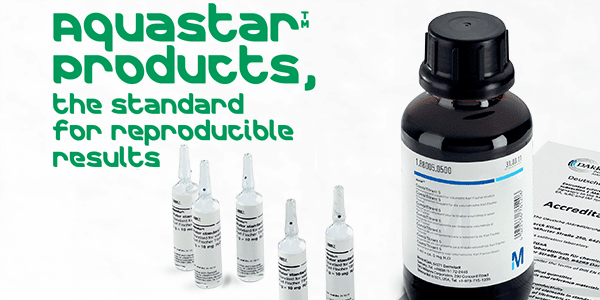Goal
Rapid screening of the heterogeneity of monoclonal antibodies and antibodydrug conjugates by an integrated microfluidic capillary electrophoresis (CE) and mass spectrometry (MS) workflow.

Introduction
Monoclonal antibodies (mAb) and antibody-drug conjugates (ADC) constitute two of the most important biopharmaceuticals within the class of biotherapeutic drugs.1 During drug development and manufacturing, undesired mutations and in vitro modifications may introduce sample heterogeneity, causing changes to the protein structure that may lead to the loss of drug efficacy.2,3 Therefore, the availability of a quick screening method at the intact protein level to detect and assess any variability that might occur during drug development is attractive. Multiple analytical methods such as high-resolution liquid chromatography (HPLC), capillary electrophoresis (CE), and mass spectrometry (MS) have been used separately or together to characterize monoclonal antibodies. Introduced here is a CE-MS solution achieved by coupling the ZipChip™ (908 Devices) system and the Thermo Scientific™ Q Exactive™ Orbitrap™ MS with the BioPharma option to rapidly assess the heterogeneity of mAb and ADC as a complementary approach to existing analytical methods. CE has been previously described as a highresolution separation method for intact proteins.5–7 The implementation of charge-based separations as a microfluidic device, the ZipChip provides shorter analysis time due to its high electrical field strength.8 The Q Exactive MS with BioPharma option is quickly becoming popular for biopharmaceutical characterization due to its high-resolution, accurate-mass (HRAM) performance for the detection of very large biomolecules with a mass range up to m/z 8000. This application describes the combination of these two techniques in one platform and demonstrates its ability for quick screening of biopharmaceutical drug heterogeneity.Experimental
MaterialsNIST mAb (reference material 8671)9 is a recombinant, humanized IgG1 κ and its structure and post-translational modifications have been well characterized. The antibody sample is known to have a relative abundance of C-terminal lysine clipping, N-terminal pyroglutamination, glycosylation, as well as a lower abundance of oxidation, deamidation, and glycation modifications. An NIST mAb ADC analogue was made from the NIST mAb reference material using enzyme-based N-glycan labeling and SiteClick™10 chemistry, resulting in covalent binding of two molecules of DIBO-Biotin per mAb.





